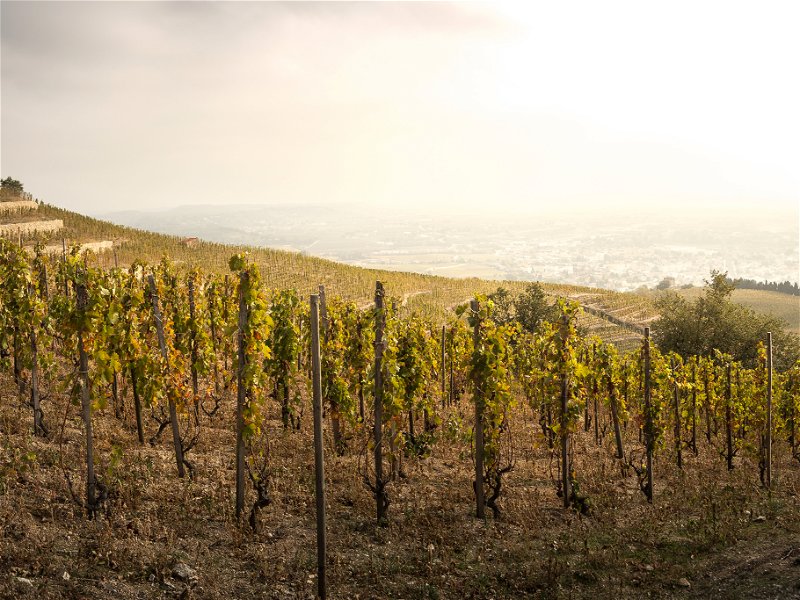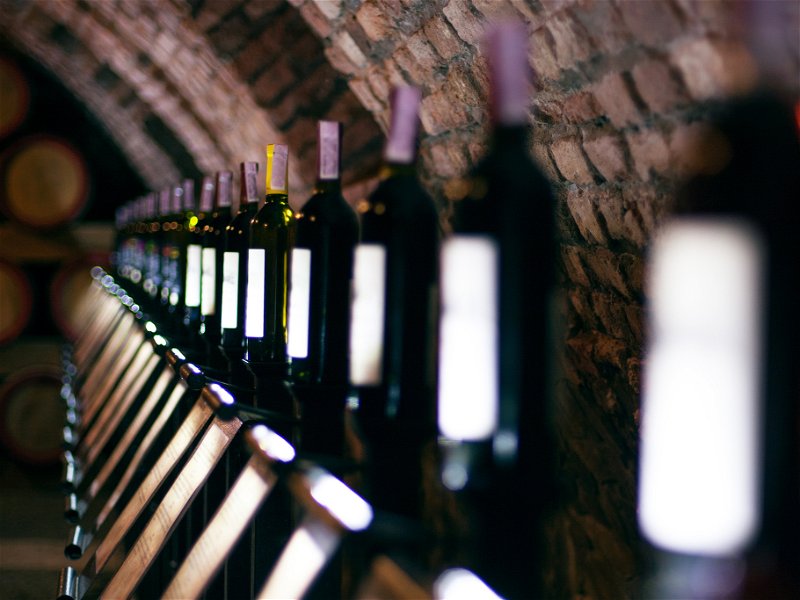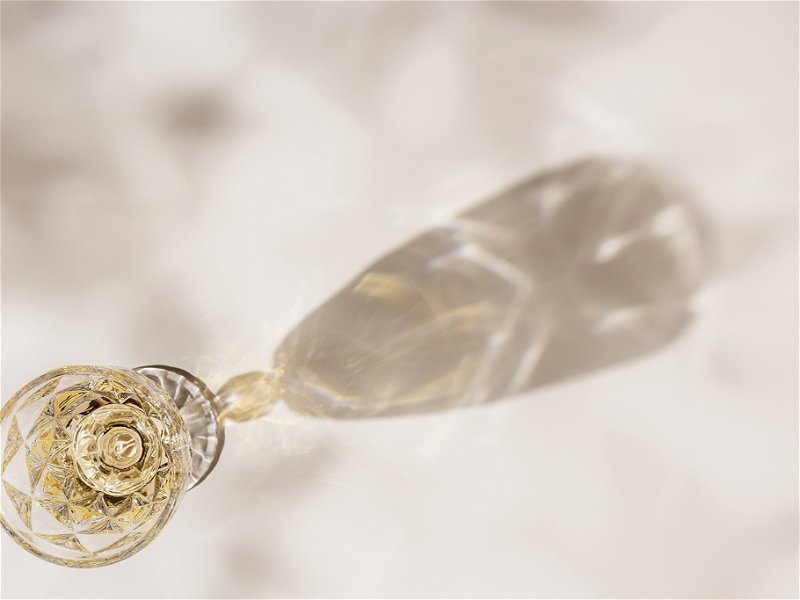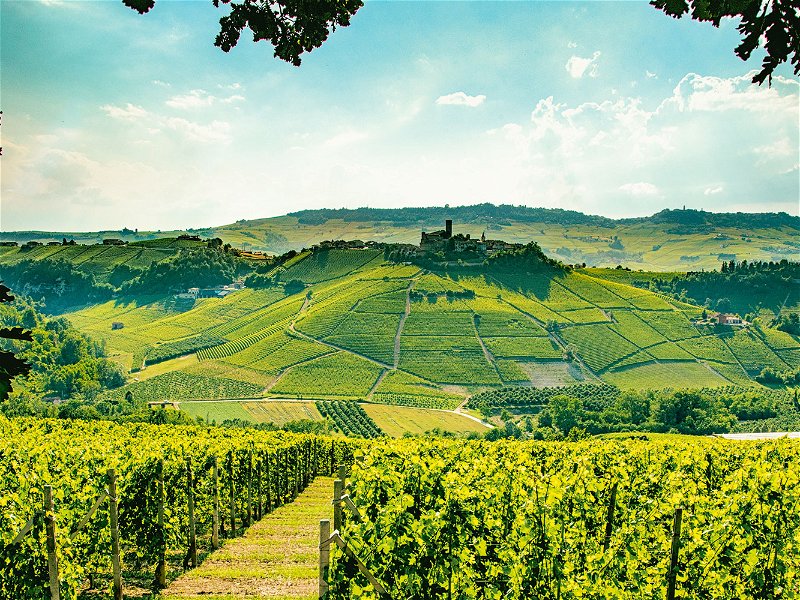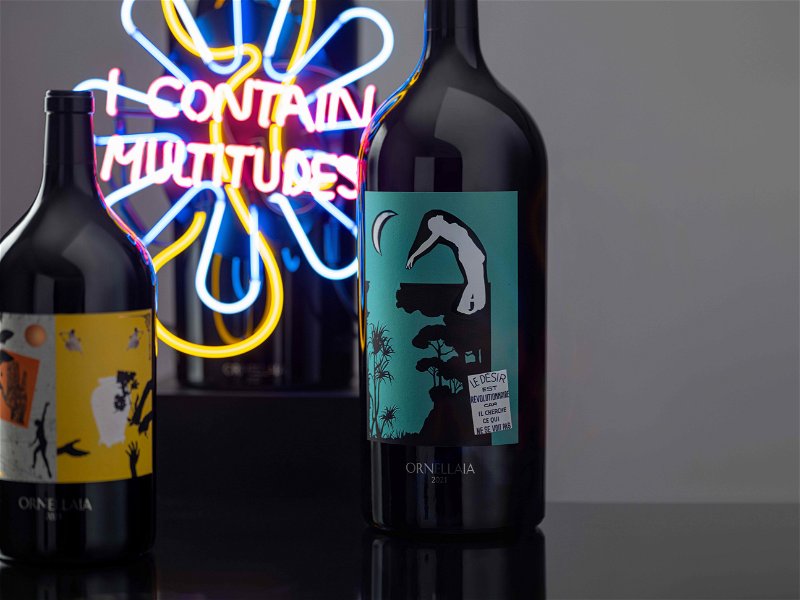Tokaj’s hidden gem
Sweet Tokaji might be the “king of wines, wine of kings”, but there is now an at least princely wine in this Hungarian region: dry Tokaji.
Sweet Aszú had its heyday in the eighteenth century, when it was imbibed at royal courts throughout Europe, notably for its medicinal properties. Then politics interfered and a long period of decline started, culminating in forced collectivisation and industrialisation during communist Hungary (1949–1989).
In 1990, private enterprise was liberalised, and quality surged immediately, helped notably by foreign investment in wineries such as Disznókő, Hétszőlő, Oremus, and Royal Tokaji. Aszú wines from top vintages such as 1993, 1999, 2002 and 2006 arguably rivalled the best Sauternes and sweet German Rieslings. But this surge coincided with a crisis of the global sweet wine market and so went largely unnoticed internationally.
Since 2000, Tokaj winemakers have caught up with dry wine production. Initially hindered by their botrytis mentality, they eventually worked out a successful formula for dry, high-acid, cool-climate mineral white wines from their signature grape, Furmint. Lighter examples have been blended from various vineyards and left unoaked to deliver a bracing alternative to Saar Riesling or dry Loire Chenin. Premium bottlings, on the other hand, have been sourced from single vineyards (locally called dűlő) and usually oaked, acquiring a stronger structure and richer texture without losing their incisive freshness and minerality.

Interestingly, this reorientation of Tokaj production was mostly the achievement of smaller family wineries. While larger operations continued to focus on sweet wines, vignerons such as Zoltán Demeter, István Balassa, Stéphanie Berecz, Sarolta Bárdos, and Judit Bott fine-tuned their dry bottlings. Initially working with István Szepsy, another dry wine pioneer, Demeter started with a richer, late-harvest, higher-alcohol style to eventually settle for purer, more mineral wines. Balassa sought more power, nurturing his wines in well-handled new oak. Berecz championed the Hárslevelű grape, better suited to her loess soils and delivering wines of sheer floral finesse.
The spectrum of styles is broader, from the positively Burgundian Sauska through the Loire-inspired Királyudvar to the more traditionally Magyar, enthusiastically oaked, extractive bottlings of Demetervin or Gábor Orosz. The best producers such as Bott, Barta, Füleky, and Erzsébet, arguably express Furmint’s unique identity to the fullest: wines of pulsating mineral energy and steely acidic backbone, laced with attractive, just-ripe orchard fruits and volcanic spice.

Although Hungarian wine still struggles to build a more coherent image on export markets, dry Tokaji Furmint has made important inroads, notably in the UK and USA, where Furmint February has now become a relevant event. As white-wine producing regions such as Lower Austria, the Loire Valley, and German Rhine see their cool-climate styles eroded by global warming, Tokaj can fill in. Climatically, it remains one of wine Europe’s coldest corners, and the symbiosis with the late-ripening, high-acid Furmint grapes delivers wines of outstanding character. Those who will move to discover them now will be rewarded with extremely keen prices: top examples rarely exceed 25 EUR per bottle.
Nine dry Tokaji Furmints to try
Zoltán Demeter Furmint Boda 2018
Only two barrels were made from a very old vineyard in the far east of Tokaj, Demeter’s family plot. An extremely cool climate yielded a wine with just 12% alcohol and tremendous mineral purity. Oak-fermented, this still shows some woody spice, alongside quince and apricot. The balance is phenomenal and the drive is equal to the best German Rieslings. 95
Barta Furmint Öreg Király 2020
Certified organic, Barta’s old-vine terraces in the famed Király cru in Mád deliver a wine that always feels ripe yet firm. Shows Furmint’s household chewy structure but more understated elegance than most, with a beguiling juicy texture. The residual sugar, 8.8 g/l, will be controversial to some, but it will integrate. 94
Royal Tokaj Wine Co. Furmint Mézes Mály 2019
A veteran producer of sweet Aszú, Royal have been relatively late to join the single-vineyard dry Furmint bandwagon but when they did, they did so with a bang. From the two current bottlings, I minimally prefer Mézes Mály to Szt. Tamás because it is rare to taste such a complete, structured Furmint from pure loess soils. The 2019 vintage shows extra brilliance through its combination of zesty lemon oil and floral elegance, alongside crunchy minerality. Great value. 93

Attila Homonna Furmint Határi 2018
Homonna’s Határi was a pioneer of grand cru Furmint back in 2003 and his subsequent vintages have been fascinating. Concentrated, gritty, almost tannic, but with beautiful precision to the fruity and floral overtones, this combines power with allure. 93
Bott Furmint Csontos 2020
If anyone embodies the quality revolution of dry Furmint then it is surely the winery of Judit and Józsi Bodó. Hitting the perfect balance between bracing acidity, sun-gifted residual sugar, volcanic mineral structure, and peachy voluptuousness, this is a wine for the long term—if you can keep your hands off it. Produced in 5,000 bottles, it will be more accessible than Bott’s notoriously confidential cuvées. 93
Csite Furmint Toplec 2019
This family microwinery farms less than one hectare in the Határi cru in Erdőbénye village and their top bottling, from 100-year-old-vines, represents just two barrels. This is a beautiful if currently somewhat austere, almost Nordic take on Furmint, tightly laced up with green apple, lemon sorbet, and spicy verbena. After a while, the mineral resonance of Tokaj volcanoes takes the lead. Only available at the estate and in a couple of Budapest wine shops, it is well worth seeking out. 93
Szepsy Furmint Szent Tamás “46” 2017
In the current state of dry Tokaji, Szepsy might not be the trend-setter he once was, but when he gets things right, he still plays in the top league. It is often the case with his special selection from the Szt. Tamás cru, made from vines planted back in 1957. This is one of the most expensive and powerful Furmints on the market, its dark, salty, almost flinty expression of terroir akin to Alsace’s Rangen de Thann. There is plenty of oak and ripeness, but balancing acid as well. 93
Sauska Furmint Medve 2019
Krisztián Sauska owns three cutting-edge wineries in different Hungarian regions and his Tokaj team, led by winemaker Gábor Rakaczki, makes Medve into a very Burgundian style of Furmint, with upfront leesy bâtonnage notes and a hint of active reduction. The muscular acidic structure enlivens a cocktail of green apples and pears. Give it another year for the ambitious oak treatment to integrate. 92
Füleky Furmint 2019
Although critical excitement and high scores focus on single-vineyard Furmints, all wineries live off blended estate wines. Nowhere is a “Birtok” Furmint as solid and exciting as at Füleky, an impeccably run estate in Bodrogkeresztúr with enviable track record. This is simply a lovely rendition of this quirky Hungarian grape, concentrated and finely detailed, bursting with ripe orchard fruits framed by razor-sharp acidity and spice. With almost no oak in sight, this is delicious to drink now in its youth, though Füleky also sell a lovely 2014 to illustrate the ageing potential. 91


